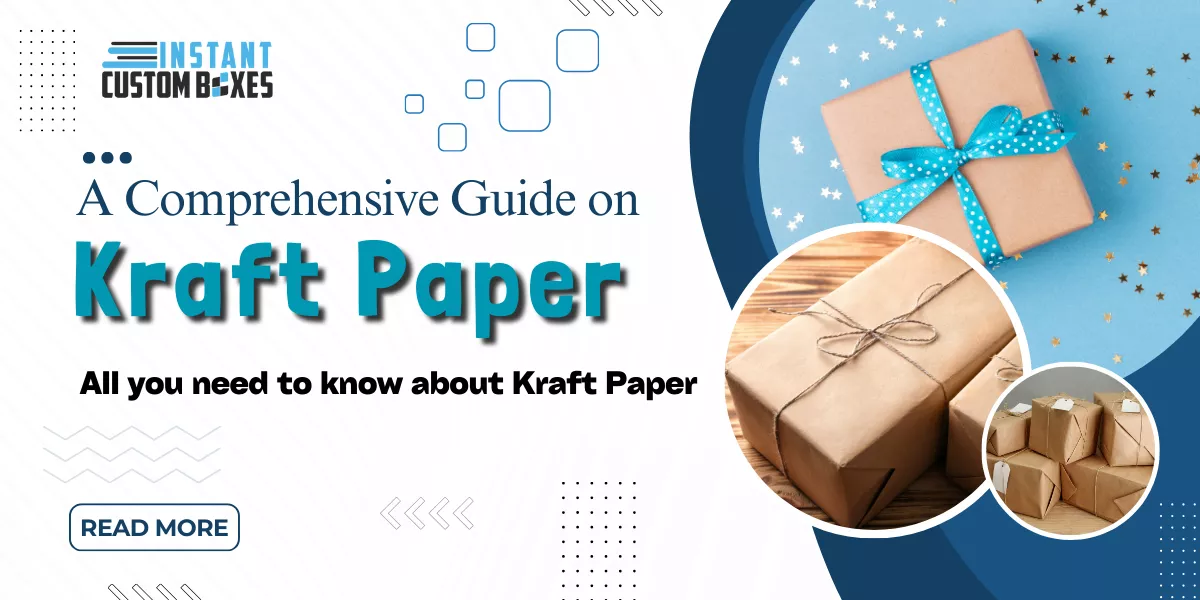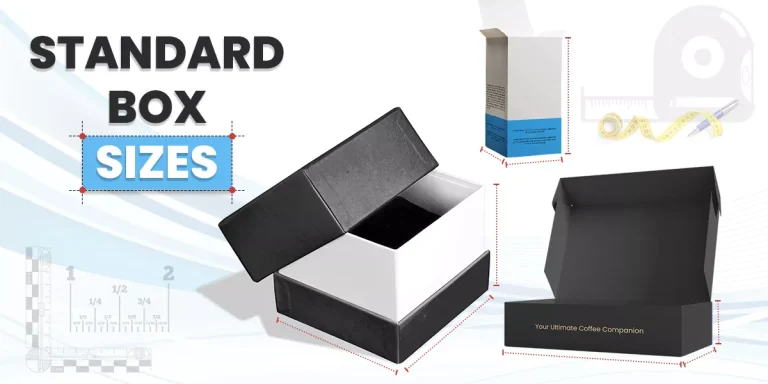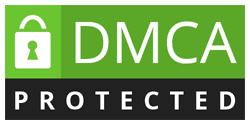Kraft paper has become the best packaging solution when businesses prefer sustainable packaging. Brown kraft boxes fulfill the requirements of different businesses to facilitate customers, and therefore, they have gained exceptional popularity in the packaging industry. In this blog post, we will discuss each aspect of kraft box packaging, including its growing demand in sustainable packaging trends.
What is Kraft Paper?
Kraft is a German word that means strong. Kraft paper produced from chemical pulp ensures exceptional sustainability. Because of the kraft pulp process, kraft paper is brown in color and tear-resistant. Therefore, it is an ideal material for creating sturdy small kraft boxes, wrapping paper, and rigid packaging.
It is important to remember that kraft paper board is available in different shades and colors, making it a versatile option for branded packaging. Moreover, the surface of raw kraft paper has a magnificent porous texture, ensuring premium finishing and printing options. The material’s versatility allows it to be used in various ways, including kraft envelopes and even brown wrapping paper for Christmas, giving products a rustic look with an eco-friendly edge.
The Kraft Paper Production Process
In the 1880s, a German man, Carl F. Dahl, pioneered creating packaging material from pulp. This means that wood goes through the pulping process to manufacture paper. However, Dahl found that treating the cellulose pulp with certain chemicals (such as sulfates) enhances the strength of this paper, resulting in kraft paper that is more durable than regular paper.
Initially used as wrapping material, the sturdy and durable nature of kraft paper has made it popular for creating efficient packaging solutions. Different businesses are utilizing kraft window boxes and classic kraft boxes to package and deliver their products securely. Additionally, kraft paper’s capabilities continue to grow, allowing businesses to meet rising demands for sustainable packaging solutions.
Kraft vs. Regular Paper
Some people may say, “It’s just paper; what makes it so special?” Well, to put it simply, kraft paper is stronger. Thanks to the kraft process, more lignin is stripped from the kraft wood pulp, leaving more cellulose, which gives kraft paper its tear-resistant and durable characteristics. This process makes kraft paper ideal for brown wrapping paper rolls used in businesses and for special occasions like Christmas gifts.
Additionally, raw kraft paper is more porous than regular paper, making it less effective for printing but extremely susceptible to special finishing processes such as:
- Embossing/debossing
- Foil stamping
Kraft paper’s strength and versatility make it a great choice for boxes like eco-friendly custom pizza boxes that are both environmentally friendly and handle delivery with ease. Brown kraft paper wrapping is also a popular option for businesses aiming to convey their eco-friendly initiatives through packaging.
Types of Kraft Paper
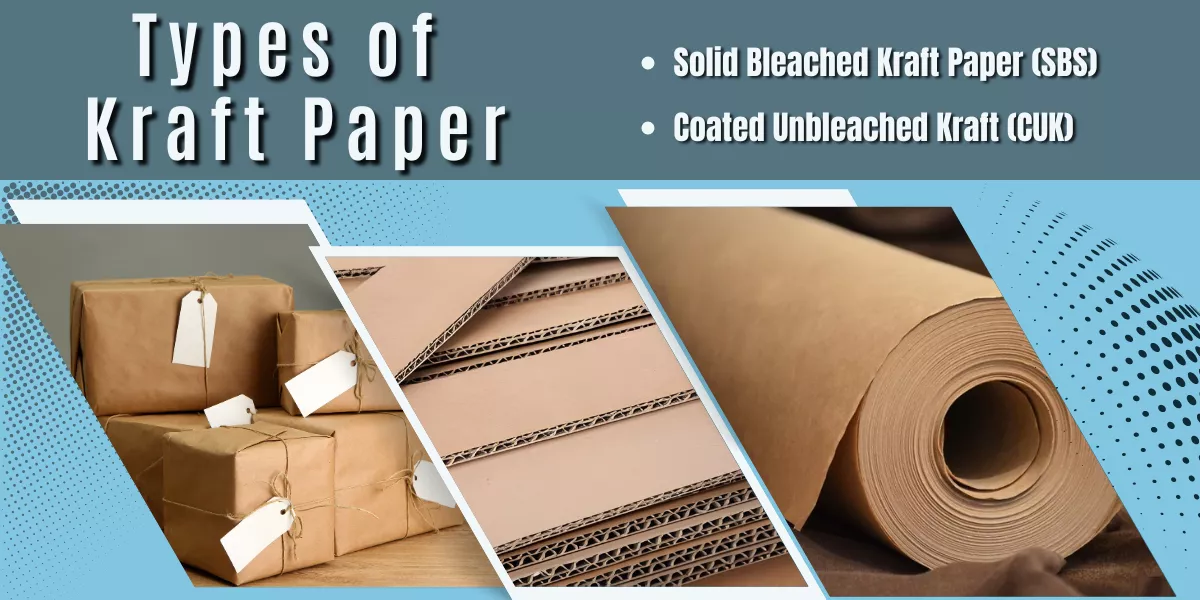 f
f
Kraft paper is available in different categories to align with various business preferences and requirements. Let’s explore the types of kraft paper used to create sustainable packaging solutions.
Coated Unbleached Kraft (CUK)
This is the basic version of the Kraft paper. This paper doesn’t contain bleaching agents except for those patented in the kraft process. CUK is also known as Solid Unbleached Sulfate (SUS) and consists of 80% virgin cellulose pulp or fiber wood pulp.
It has exceptional stiffness and tear resistance, yet it remains the thinnest packaging material among kraft paper substrates. Its surface includes a kaolin clay-titanium dioxide coating, which enhances smoothness and makes it excellent for printing.
Solid Bleached Kraft Paper (SBS)
Unbleached kraft paper is considered more eco-friendly due to its natural color and lack of chemical processing. However, bleached kraft paper may be preferred for high-end products requiring a smoother surface and a premium appearance. Solid Bleached Kraft Paper (SBS) allows for better printing options, but businesses must consider the environmental impact of the bleaching process, balancing appearance and sustainability.
Coated Recycled Board (CRB)
CRB is made from 100% recycled kraft paper. While it doesn’t offer the same strength as virgin kraft paper, CRB is a low-cost option suitable for packaging items that don’t require high tear resistance, such as cereal boxes. CRB provides an affordable solution for cost-conscious businesses looking to reduce packaging expenses while maintaining eco-friendliness.
For additional strength in corrugated boxes, more layers of kraft paper can be added, a process known as fluting.
Standard Sizes for Kraft Paper Packaging
When it comes to kraft paper packaging, selecting the right size is crucial to meet the specific needs of different products. Kraft paper comes in a variety of standard sizes for different packaging applications, whether you’re using it for wrapping paper, boxes, or envelopes.
For instance, brown wrapping paper rolls are commonly available in widths of 12 inches, 24 inches, and 36 inches, making them versatile for wrapping items of various dimensions. Kraft paperboard boxes also follow industry-standard sizes based on volume and weight requirements, which ensures cost-effective use of material while providing adequate protection during shipping.
Additionally, businesses looking for custom packaging solutions can request specific kraft paper dimensions that suit their product size, ensuring a snug fit that reduces material waste and shipping costs. Whether you’re wrapping gifts or shipping fragile items in corrugated boxes, choosing the right size and thickness of kraft paper is essential for maintaining product integrity and delivering a high-quality customer experience.
How is Kraft Paper Used in Packaging?
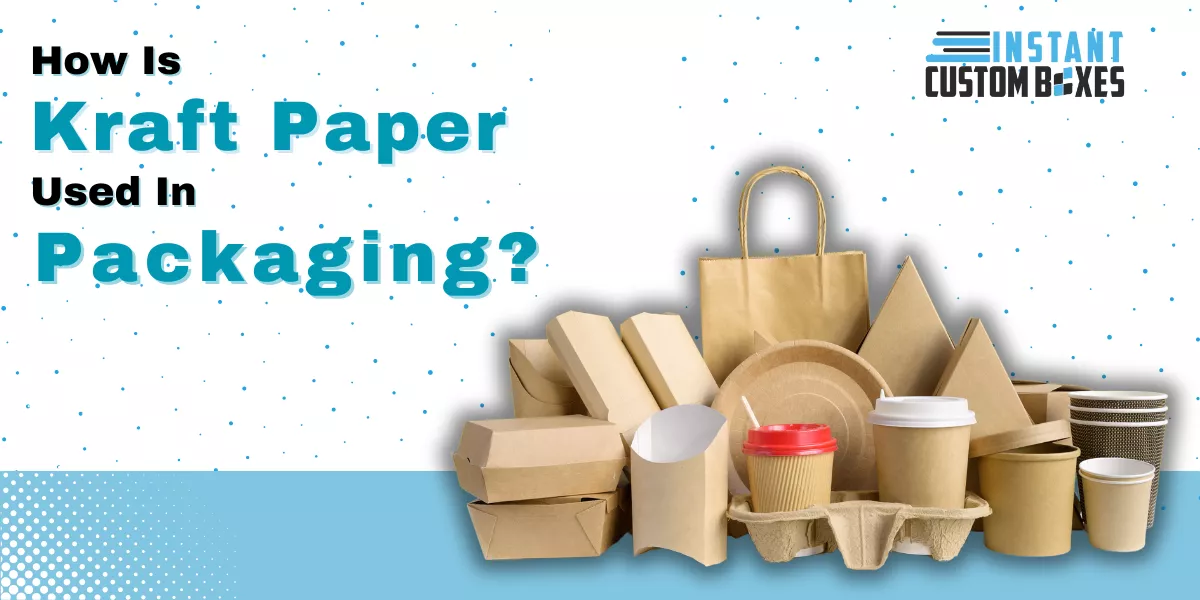
Today, kraft paper is primarily used for corrugated boxes and has recently become very popular for carton boxes as well. Thanks to kraft paper’s durable nature, the e-commerce industry benefits from corrugated boxes to protect products and ensure they withstand harsh shipping conditions.
Custom kraft boxes wholesale are also commonly used by businesses to achieve sustainability goals and clearly portray eco-friendly initiatives through the material’s rustic and raw look. Kraft paper is extremely versatile, allowing for a wide range of innovative packaging options in today’s packaging industry.
Difference Between Corrugated Boxes and Kraft Boxes
Kraft boxes are crafted from kraft stock for shipping various products, while corrugated boxes are made from a combination of kraft paper and cardboard, resulting in a thicker material with additional strength. The fluting process used in corrugated boxes adds extra layers of kraft paper, enhancing the box’s durability and strength.
Thickness and Strength
Kraft paper is a sturdy, rigid material, making it ideal for packaging products that require extra protection. However, corrugated boxes are typically thicker, providing a more affordable solution for shipping. Kraft packaging is especially useful for businesses needing eco-friendly solutions for fragile items.
Customization Options
Kraft packaging offers numerous customization options. You can print logos, taglines, or artwork on kraft paper using different finishes like matte or gloss. This makes it easier to align your packaging with your brand’s personality and message. Corrugated boxes, on the other hand, provide more flexibility in shapes and sizes, making them a great option for businesses looking for custom packaging. Whether you need kraft envelopes or custom kraft wrapping paper, kraft packaging provides endless possibilities for branding and customer engagement.
If you ever crammed a product into a box that’s just a tad too small, or wasted space with one that’s enormous? Stop the packaging struggle! Our blog, “How to Measure Dimensions of a Box in Custom Packaging” is your one-stop guide to achieving perfect-fit boxes.
White Paper vs. Brown Kraft Paper
White kraft paper is often preferred for creating artwork and premium printing finishes, thanks to its brighter surface. Brown kraft paper, on the other hand, offers a rustic and durable option for packaging a variety of products. It appeals to eco-conscious customers seeking natural, environmentally friendly packaging solutions.
Brown wrapping paper for gifts has gained popularity as a sustainable, aesthetically pleasing option, especially when combined with brown wrapping paper and twine for an artisanal look.
The Benefits of Kraft Paper
Apart from its superior strength and protection, kraft paper is 100% eco-friendly. It degrades naturally within a few weeks, much like leaves falling off trees. Additionally, kraft paper can be recycled for use in new packaging. FSC-certified recycled packaging is especially attractive to eco-conscious consumers and businesses aiming to minimize their environmental footprint.
Using kraft paper helps businesses show their commitment to sustainability, which can increase sales as more customers are conscious of their environmental impact.
The Environmental Impact of Kraft Paper
The environmental impact of kraft paper is significant when compared to alternative materials such as plastic or Styrofoam. Kraft paper is made from wood pulp, a renewable resource, which makes it more sustainable.
However, the kraft process does involve the use of chemicals, like sulfates, that could have a negative environmental impact if not managed correctly. Many kraft paper manufacturers have adopted sustainable practices to minimize this impact, such as using renewable energy sources and reducing chemical waste. Overall, kraft paper is one of the most environmentally friendly packaging options on the market today.
Customization Options for Kraft Paper
The customization options for kraft paper are vast. Many printing companies offer custom kraft paper printing options, which allow businesses to add their branding, logos, or taglines to packaging. You can also choose between different finishes, such as matte or gloss, to give your packaging a unique look.
Experimenting with colors and patterns allows businesses to create packaging that reflects their brand’s personality, making it ideal for crafting a memorable unboxing experience. This can help increase brand awareness and customer loyalty.
Disadvantages of Kraft Paper
While kraft paper has many advantages, it does have a few limitations:
- Limited aesthetic options compared to premium materials.
- A rough texture, which may not be ideal for luxury packaging.
- Limited printing compatibility without additional treatments like bleaching.
- Thicker and bulkier than other materials, which might not suit every product.
Despite these drawbacks, kraft paper remains one of the most reliable, eco-friendly, and versatile packaging materials available.


